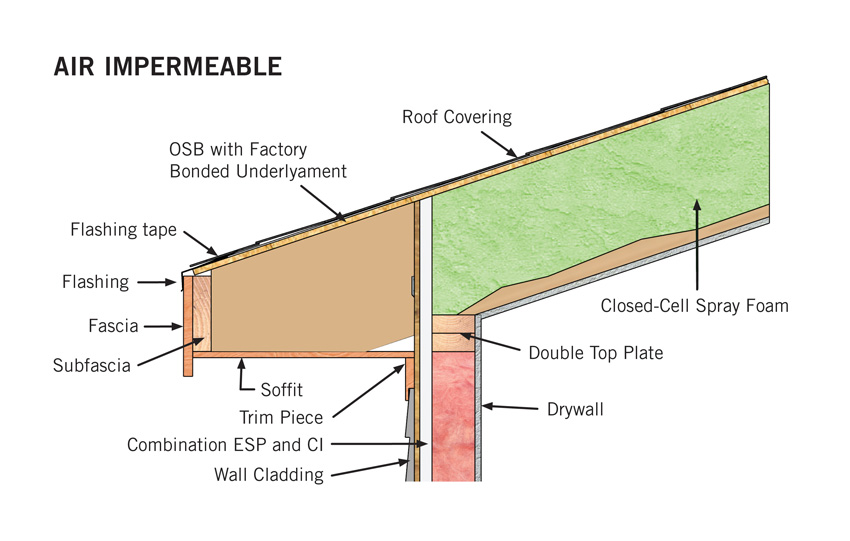On a roof with a slope greater than 4 to 12 the live load limit is typically adjusted downward from 20 psf to 15 psf to allow for the relatively greater dead load on the steeper roof.
Wind load on sloped roof.
The present study demonstrates the pressure variations due to wind load on the pyramidal roof of a square plan low rise building with 15 wall openings through cfd computational fluid dynamics simulation.
Roof shape and slope are both important parameters for the safety of a structure especially when facing wind loads.
A simplified procedure and an analytical procedure.
The formula for wind load is f a x p x cd x kz x gh where a is the projected area p is wind pressure cd is the drag coefficient kz is the exposure coefficient and gh is the gust response factor.
However in my practice i typically use the horizontal run of the roof for both types of load.
For dead loads you are correct.
If you live in the us our snow load calculator compares the total weight on your roof with the permissible load calculated according to the standards issued by the american society of civil engineers regarding the minimum design loads for buildings and other structures asce7 16.
This formula takes a few more parameters into account for wind load.
When building a structure it is important to calculate wind load to ensure that the structure can withstand high winds especially if the building is located in an area known for inclement weather.
The wind load is classified as variable free action so that the loading can be combined with other actions for example imposed load or snow in defined design situations according to the combination standard din en 1990.
The analytical procedure is for.
In order for a structure to be sound and secure the foundation roof and walls must be strong and wind resistant.
Many studies on roofed structures have been performed in the past.
This formula is generally used to calculate wind load on antennas.
Asce sei 7 16 contains a number of revisions in the wind load chapters of the stan dard.
This presentation examines these revisions and how they impact low slope roof assem bly design in resisting wind uplift.
Asce 7 10 provides two methods for wind load calculation.
I ignore the slope.
It also describes wind uplift design of roof assemblies in accordance with asce 7 16 with several illustrative examples.
The simplified procedure is for building with a simple diaphragm roof slope less than 10 degrees mean roof height less than 30 feet 9 meters regular shape rigid building no expansion joints flat terrain and not subjected to special wind condition.










